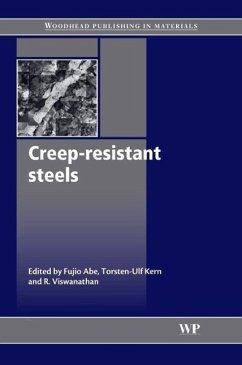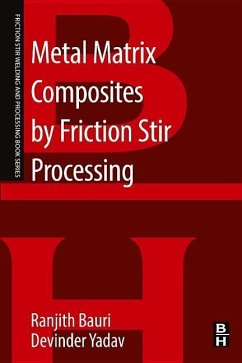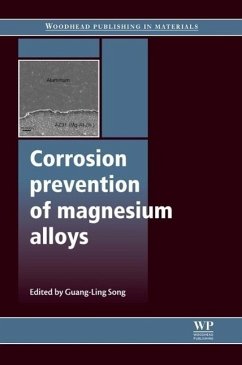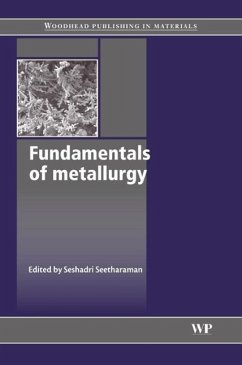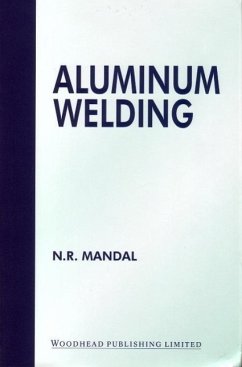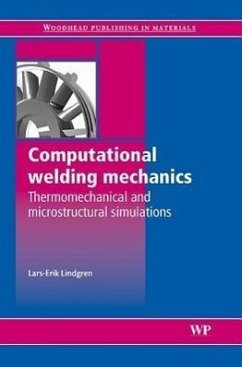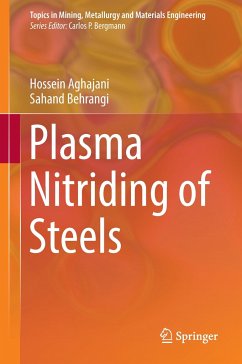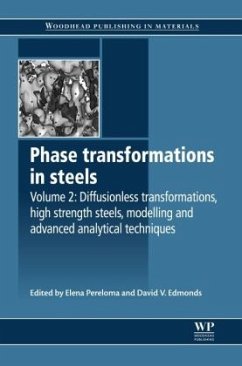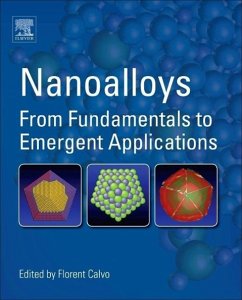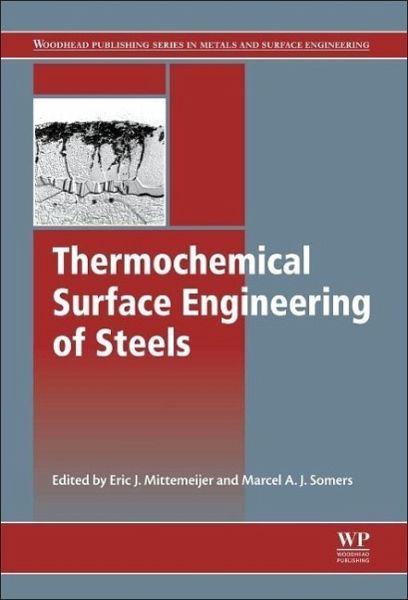
Thermochemical Surface Engineering of Steels
Improving Materials Performance
Herausgegeben: Mittemeijer, Eric J.; Somers, Marcel A. J.

PAYBACK Punkte
91 °P sammeln!
Thermochemical surface engineering significantly improves the properties of steels. Edited by two of the world's leading authorities, this important book summarises the range of techniques and their applications. It covers nitriding, nitrocarburizing and carburizing. There are also chapters on low temperature techniques as well as boriding, sheradizing, aluminizing, chromizing, thermo-reactive deposition and diffusion.




